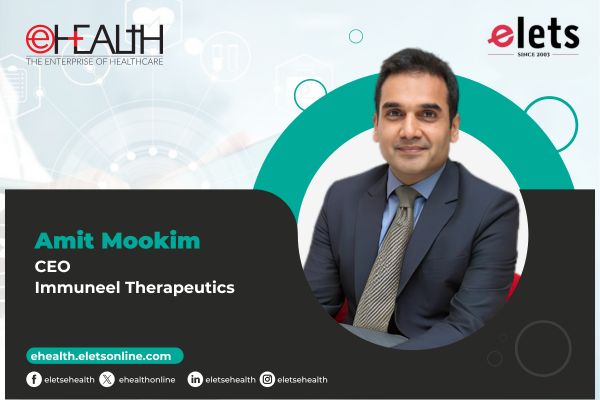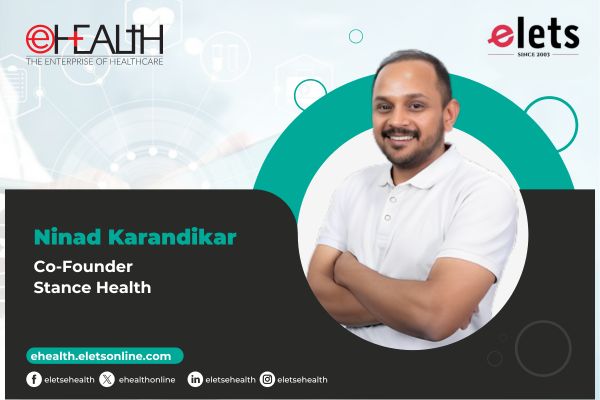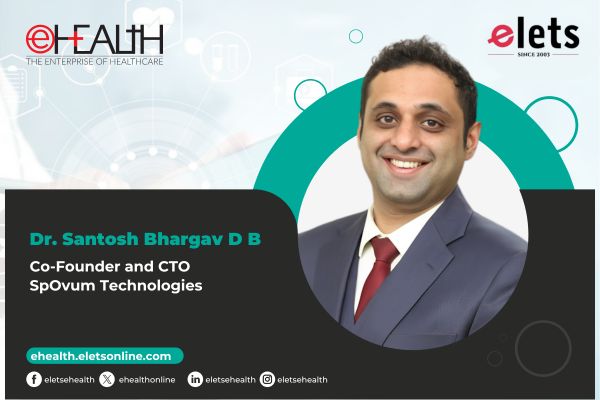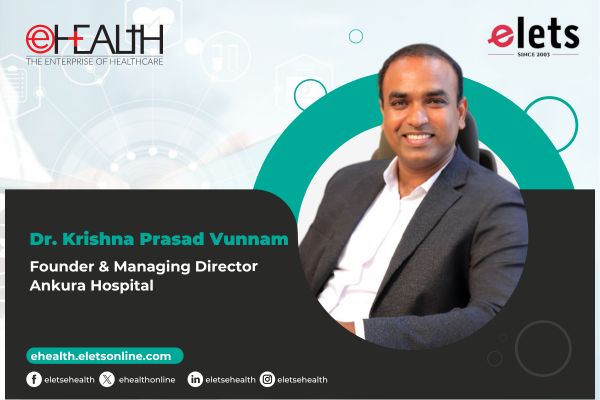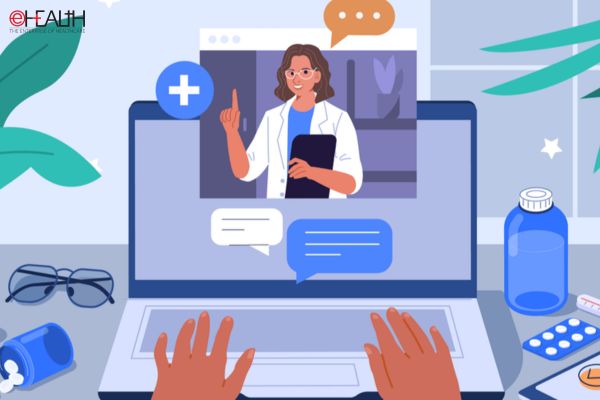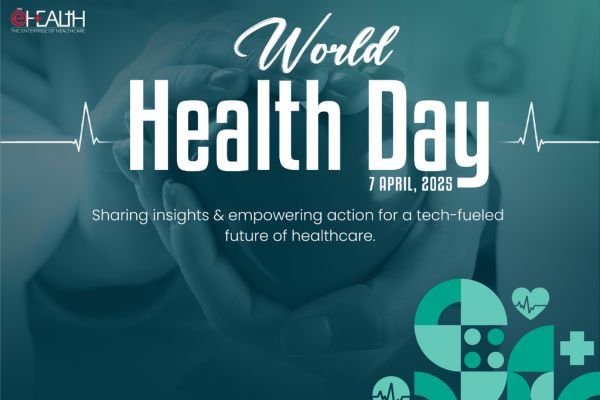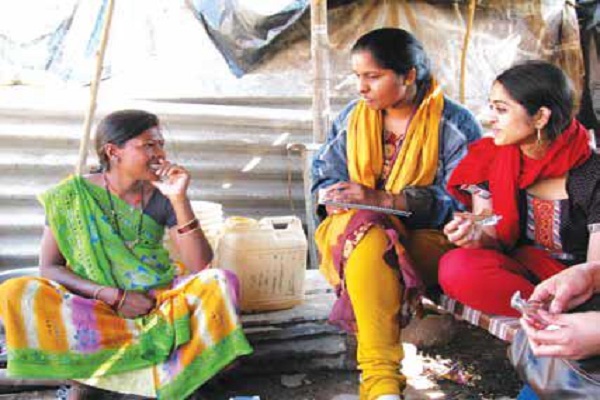
Experiment of IGNOU has demonstrated that deficit of trained health manpower could be easily overcome if we adopt the pedagogy based education process
By Prof Tapan K. Jena & Dr Biplab Jamatia


Dr. Tapan K. Jena
Professor,
School of Health
Sciences, IGNOU
Dr Biplab Jamatia
Assistant Professor,
School of Health Sciences
Medical education in India is as old as our Vedic literature. However the teaching of modern medicine is a recent phenomenon which is being carried out since British times without much change even after 6 decades of independence. Unlike other educational models, human beings per se form the bulk of learning material in medical education. Hence, medical education should take note of the learning environment itself in addition to its technicalities.
It is the learning environment which makes ultimate difference in achieving the ability to deliver health care by the trained doctors.
India lives in its villages. Hence the real test for modern medical education lies in providing quality health care away from the metro towns. Surveys after surveys show that doctors are not willing to go back to the villages where people need them the most. This is the picture even after concerted efforts by successive governments to improve the accessibility to health care. Probably, the answer lies in the design of medical education itself.
Present System
Medical graduates spend 5½ years in learning the graduation programme which includes one year of internship for fine tuning hands-on-training. Post graduation is a three year learning process in a particular specialty and further study of three years leads to super-specialised degree in a particular human organ system though gradually,over years of practice one further tends to narrow down to deal with just a part of an oragn system itself. Indeed, there is no end to refining ones skill when one deals with a live situation.
Presently, all the above mentioned levels of skill training is being provided in the same set up i.e. a medical college. But if we dissect out the learning requirements, it will be clear that a lot of the learning requirements could well be provided outside the four walls of a medical colleges. The basic learning material used in medical education is a diseased individual reporting for his/her treatment. This is available in plenty in villages and small towns. The material that is usually used in a medical college is the patient who affords to reach there for treatment or the one who could spare enough time for the same. Needless to mention that private hospitals deal about two thirds of the patient load coming to metro towns.
Therefore, it makes every sense to expand the horizon of capturing the learning material for our medical education by pedagogically involving appropriate health infrastructure so that a larger volume of doctors could be trained without compromising on quality of training.
In the Indian Scenario, an average district population is between 1-3 million. So, it can ensure enough patients as learning material for running 1-2 medical colleges.Most of the district hospital have specialists from all major specialties.
Facilities at District Hospitals
In the Indian Scenario, an average district population is between 1-3 million. So, it can ensure enough patients as learning material for running 1-2 medical colleges. Most of the district hospital have specialists from all major specialties. The out patient load, indoor facilities and equipments are adequate. Implementation of all national health programmes and public health interventions is carried out from here. Therefore, the public health related learning material is available more abundantly in district hospitals than that of the medical colleges. In the clinical side, except for complicated cases needing attention of superspecialists, all types of clinical interventions is very much possible at district set up. But in the present medical education scenario, these district hospitals are not being used in the pretext that medical faculty could provide better academic communication than the medical practitioners. It has thus created an academic and non-academic divide.
Learning Process of Medical Skills
In medical education the major thrust is on psychomotor skills though cognitive and affective domain has their unchallenged importance. For any skill training, the basic pedagogy involves four steps of learning; i.e. understand text materials related to the skill, observe the steps involved in the skill through demonstration, practice the steps of performing the skills under supervision of a specialist and self practice of the steps to build up self confidence. The first step of pedagogy involves self reading and doubt clearing that could be achieved in a variety of ways with the help of present day technology. The steps involved in performance of a skill could very well be observed from a good video or multimedia package made for the purpose. Live demonstration of the skill will need an academician having the ability to communicate the process effectively.Practice under supervision needs a subject specialist who can keenly observe the learning need of the trainee and also communicate them effectively. Here also comes the role of a medical faculty. But after a certain level of skill acquisition, this supervisory role could be taken care by a subject specialist who may not necessarily be a medical faculty. Pedagogically, at this point of learning process, a non-academic subject specialist could participate in the medical education process. Indeed, this phase of skill training needs a longer duration of exposure than the initial learning of steps. The number of times one practices a skill, his/her psychomotor coordination gets that much sharpened.
Another important component in skill building is the ability to practice the skills in a constrained situation. When this aspect of training process is inadequate, a skilled person tries to avoid resource constraint situations.One of the reasons for doctors avoiding to serve in rural areas could be pedagogically linked to this. Today, our medical education process needs strengthening of this step in pedagogy. Even though there is a provision to build up self confidence during internship period, the working environment in a medical college is far from the realities of a primary/secondary health set up. But, alas! even this available option is hardly availed by most of the trainee who prefer to use the internship period for enriching their cognitive domain(for PG entrance examinations) rather than building up confidence to perform their skills.
District Level set up as Academic Hub
District health set ups could play an important role in medical education through use of this platform for skill training under supervision and also for building up self confidence in performing skills under resource constraints. Shifting of part of skill training to district hospital set ups could decrease the training load on medical college faculty. This decrease on training load could help in enhancing intake capacity of trainee without much investment on infrastructure. On other hand, involvement of district hospitals in medical education will help to infuse an academic culture in district health set up and thus break the academic- nonacademic divide. Then continuing medical education could become an integrated part like that happens in a medical college.
The linking of district hospitals into academic network automatically facilitates few more inbuilt advantages as more working hands become available in district hospitals. A pool of specialists gets added to the existing number of medical faculty as teachers. Thus an improved teacher-student ratio could facilitate more student friendly environment for clearing doubts. Addition of patient load of district hospitals expand the spectrum of patients used as learning material and hence increases the scope of self practice of skills. The level of patient care at district level could also get improved. The patient referral system to medical college could be smoothened as chances of giving priority attention to referred
patients increases. This would also usher in a paradigm shift in the training process for allied health professionals. Thus, converting district level set up into academic hubs for medical education could provide a solution to Indias capacity building in health sector.
Demarcating the roles of academics and non-academics in the training process could avoid unnecessary conflict and help to expand the medical educational network.It has expand the training capacity tremendously in a cost effective manner which is the present need of the developing nations.
 Experience of IGNOU
Experience of IGNOU
Indira Gandhi National Open University has been experimenting on the above pedagogic approach in providing PG medical education in various specialities. The skill training is provided through a three tier network involving Medical colleges, District hospitals and work place of doctors. It has been observed that in addition to peer group learning in medical college set up, one-to-one mentoring is possible at district level. Issues related to quality could be controlled through objective approach to examination and involving at least 50 percent of examiners as externals. Monitoring of training through dedicated monitoring system could further ensure the quality of product.
Demarcating the roles of academics and non-academics in the training process could avoid unnecessary conflict and help to expand the medical educational network. It has been observed that the net working helps to expand the training capacity tremendously in a cost effective manner which is the present need of the developing nations.
Experiment of IGNOU has demonstrated that all the projections regarding deficit of trained health manpower could be easily overcome if we adopt the above pedagogy based education process. This could take a realistic shape if an Open Health University having national jurisdiction could be created.This would help not only in improving medical education scenario but also training of all category of health personnel through a networking of all existing health infrastructures in the country.
When India is groping in dark to meet the trained health manpower demand of the nation,it is time to have a radical change in the medical education process itself. The proposed system can not only solve the huge deficit in trained health personnel but also provide an inbuilt dynamics to have continuing medical education system and an integrated patient referral system while improving the accessibility to health care and learner friendly environment for confidence building so as to provide optimum care under resource constraints. Today India needs this the most.
Be a part of Elets Collaborative Initiatives. Join Us for Upcoming Events and explore business opportunities. Like us on Facebook , connect with us on LinkedIn and follow us on Twitter , Instagram.
"Exciting news! Elets technomedia is now on WhatsApp Channels Subscribe today by clicking the link and stay updated with the latest insights!" Click here!







